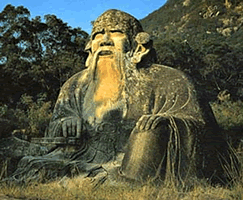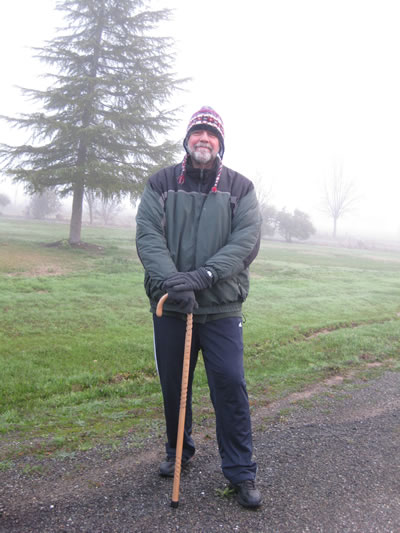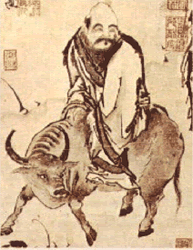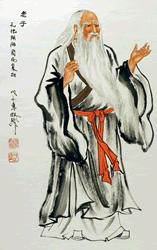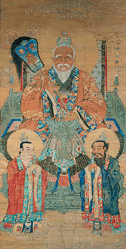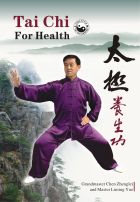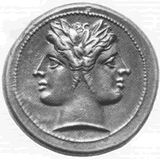"This is a very complete book about the Chinese saber, or Dao. It presents the history, mechanics, skills and philosophy of Taiji Dao. There is a detailed description of the traditional Taiji Dao form, including applications for combat with many photos. There are descriptions and photos of two-handed Dao skills and fighting skills training. There are over 1,000 photos. Paperback. 427 pp. 8 X 10."
"The Complete Taiji Dao introduces the principles and practice of Taiji Dao and provides illustrated discussions of the history of Chinese swords. The book covers the history and features of the dao; the Taiji principles from which Taiji Dao practice derives; the basic skills and techniques of the art; detailed descriptions and photographs of the traditional Taiji Dao form; and Taiji Dao fighting principles and training methods. Broad in scope and detailed in its presentation of the principles and practice of Taiji Dao, The Complete Taiji Dao represents a significant contribution to the field of traditional Chinese weapons practice." VSCL.
Tai Chi Chuan Broadsword, Saber, Dan Dao
Chen Taijiquan Broadsword: Bibliography, Links, Resources, List of Movements



